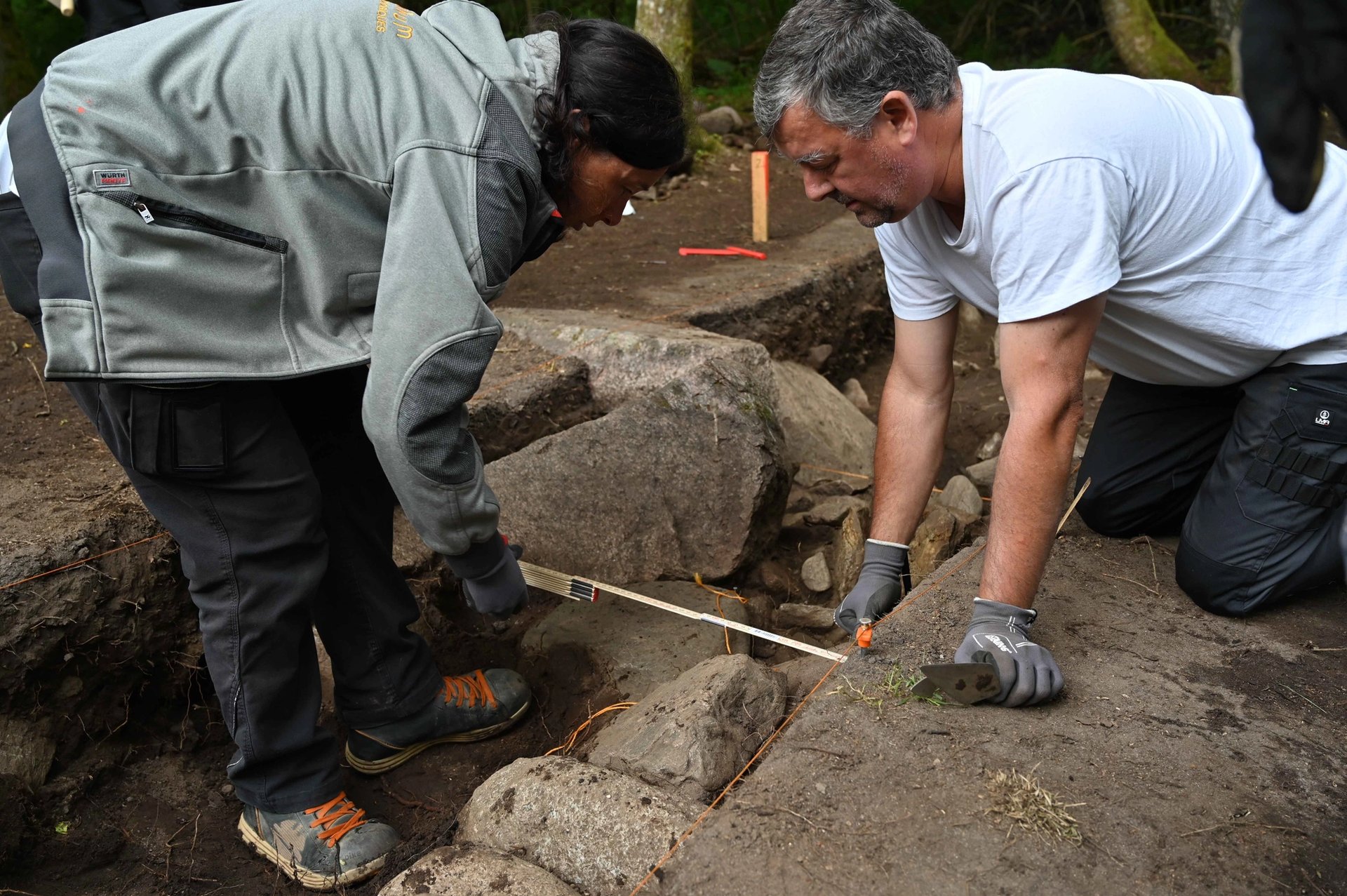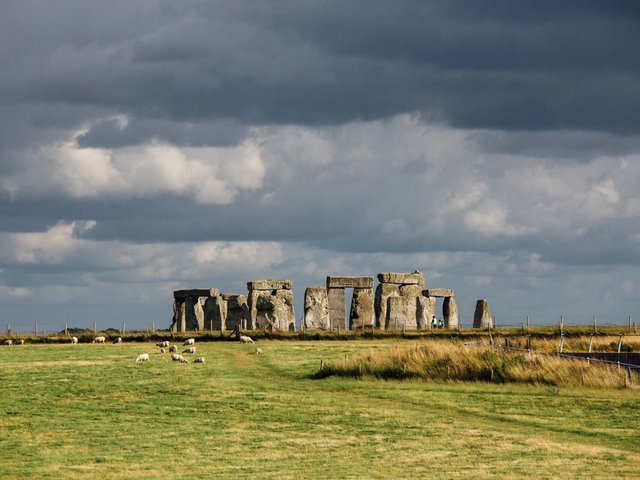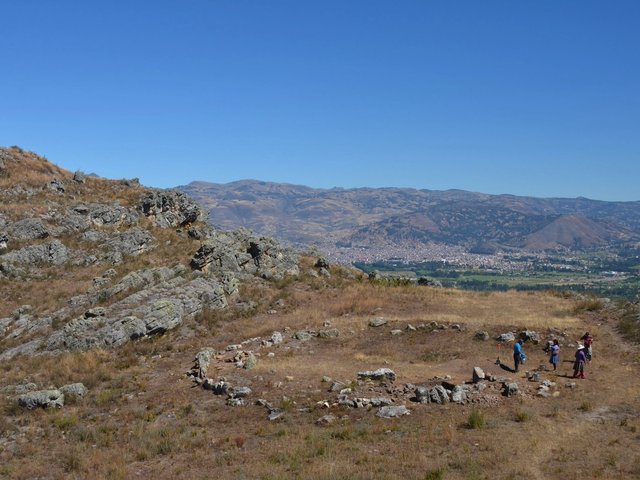Excavations at the megalithic complex in Carnac, France, have revealed that it may be the oldest site of its kind in Europe. Archaeologists working at Le Plasker—a newly discovered section of the heritage region—unearthed the foundation pits of standing stones which have been found to date back more than 6,300 years old.
This marks the first time that such accurate dates have been assigned to any part of the complex, where thousands of huge stones stand in parallel lines at different sites. Carnac was originally excavated in the 19th century, but these early investigators found it difficult to assign clear dates to the monuments and left little for future archaeologists to discover. The rarity of organic material such as charcoal—used for radiocarbon dating—clearly associated with the stones, further hampered efforts to establish a chronology, leading experts to develop a wide range of theories about when the stones were erected.
“We really did not know [the dating of stones at Carnac] before,” says archaeologist Bettina Schulz Paulsson of the University of Gothenburg in Sweden, and one of the authors of the study published in the journal Antiquity. “There have been all kinds of theories, even that it could be Gallic, or Roman, or Mesolithic‚ or that it could be all of these.” The Iron Age has also been discussed as an option, she adds.
Now, thanks to 49 radiocarbon dates taken at Le Plasker, combined with statistical analysis and modern excavation techniques, the team revealed that the megalithic landscape in the Le Plasker section—at least—was constructed between 4600 and 4300 BC. This places its stone alignments among the earliest megalithic monuments in Europe and more than 1,000 years older than Stonehenge.
Foundation pits for multiple large standing stones were discovered at the site. Although the stones themselves vanished long ago, they probably stood over 3m tall and were arranged in three alignments. Close to the stones, and sometimes aligned with them, the archaeologists also found hearths from the same era, which may have been used as lighting or for feasting, Schulz Paulsson suggests. They also unearthed a monumental tomb from 4700 BC and a hunter-gatherer hut from the Mesolithic Period.

Audrey Blanchard and Jean Noel Guyodo from the University of Nantes, during the excavation of Le Plasker
Photo: Bettina Schulz Paulsson
Experts debate the function of Carnac’s standing stones to this day. Interpretations range from them being calendars, astronomical centres and centres of pilgrimage, to graveyards, memorial stones or ceremonial roads, Schulz Paulsson explains. Erecting these stones was very labour intensive and required mobilising groups of people. To explain the stones’ purpose, it is important to consider their symbolic value, she says.
Asked how it feels to have made this discovery, Schulz Paulsson says: “I could not have imagined in my wildest dreams getting fresh insights into one of the really big riddles of prehistory.”






